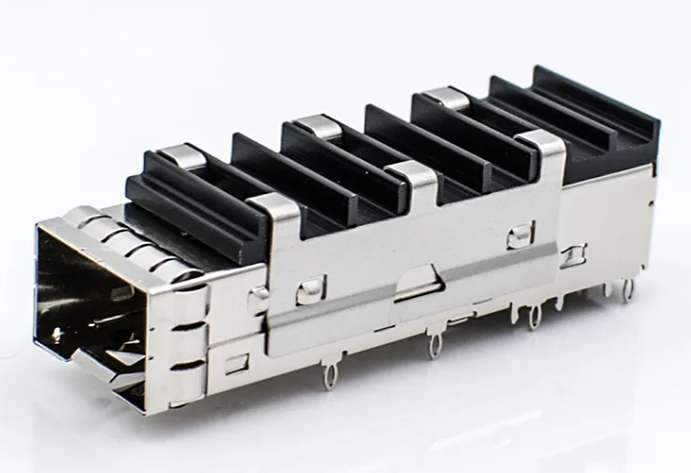A Media Interface Connector (MIC) is a specialized hardware component designed to facilitate the transmission of audio, video, or data signals between electronic devices. Serving as a bridge between media sources and output devices, MICs standardize connections, ensuring compatibility across different systems and simplifying the setup of home theaters, professional audio-visual (AV) setups, and communication networks.
-
Signal Transmission: Transfers analog or digital media signals (audio, video, streaming data) with minimal loss.
-
Compatibility: Adapts to various protocols (HDMI, USB-C, Ethernet) to connect devices from different manufacturers.
-
Protection: Shields signals from electromagnetic interference (EMI) and radio-frequency interference (RFI) for clearer transmission.
-
Durability: Built with robust materials (metal, high-grade plastic) to withstand repeated plugging/unplugging in commercial or residential use.
MICs vary by application and signal type, including:
-
Used in sound systems, microphones, and speakers to transmit analog or digital audio signals. Examples include XLR connectors (professional audio) and 3.5mm jacks (consumer devices), often integrated into larger MIC assemblies for multi-device setups.
-
Found in home theaters, projectors, and monitors, supporting HDMI, DisplayPort, or SDI connections. These MICs handle high-definition (HD) or 4K video alongside audio, enabling seamless sync between visuals and sound.
-
Used in media servers, streaming devices, and IP-based AV systems. They often combine Ethernet with audio/video ports to connect to networks, enabling remote control and content sharing.
-
Designed for harsh environments (factories, outdoor setups) with rugged casings and weather resistance. They transmit media signals in industrial AV systems, security cameras, or public address (PA) systems.
-
Home Entertainment: Connecting TVs, soundbars, gaming consoles, and streaming devices via HDMI or optical MICs for immersive audio-visual experiences.
-
Professional AV: Used in concert venues, conference rooms, and broadcast studios to link mixers, cameras, and speakers with reliable signal flow.
-
Education: Enabling classroom setups with projectors, microphones, and speakers connected via MICs for lectures and presentations.
-
Security Systems: Connecting CCTV cameras to monitors or recording devices through MICs, ensuring stable video transmission for surveillance.
-
Smart Homes: Integrating voice assistants, smart TVs, and multi-room audio systems via wireless or wired MICs for centralized control.
-
Simplified Setup: Reduces cable clutter by consolidating multiple connections into a single interface.
-
High Signal Integrity: Minimizes distortion, ensuring clear audio and sharp video, even over longer distances.
-
Versatility: Supports multiple signal types (analog, digital) and protocols, adapting to evolving device standards.
-
Cost-Efficiency: Eliminates the need for multiple adapters by offering universal compatibility.
-
Scalability: Easy to expand systems by adding more devices through daisy-chained MICs in commercial setups.
-
Wireless Integration: Modern MICs increasingly combine wired connections with Bluetooth or Wi-Fi, enabling flexible placement of devices in home or office environments.
-
High-Speed Data Support: Next-gen MICs handle 8K video and high-resolution audio (e.g., Dolby Atmos) to meet demand for ultra-HD content.
-
Smart Features: Some MICs include built-in signal boosters or equalizers to optimize audio/video quality automatically.
-
Eco-Friendly Design: Manufacturers are using recyclable materials and energy-efficient components to align with sustainability goals.
Media Interface Connector, MIC, audio video connector, HDMI MIC, AV interface, signal transmission connector, home theater MIC, professional audio connector, industrial media connector.
MICs play a critical role in modern media systems, ensuring that audio, video, and data flow seamlessly between devices. As technology advances, their ability to adapt to new standards and integrate with wireless protocols will keep them essential in both consumer and professional settings.
